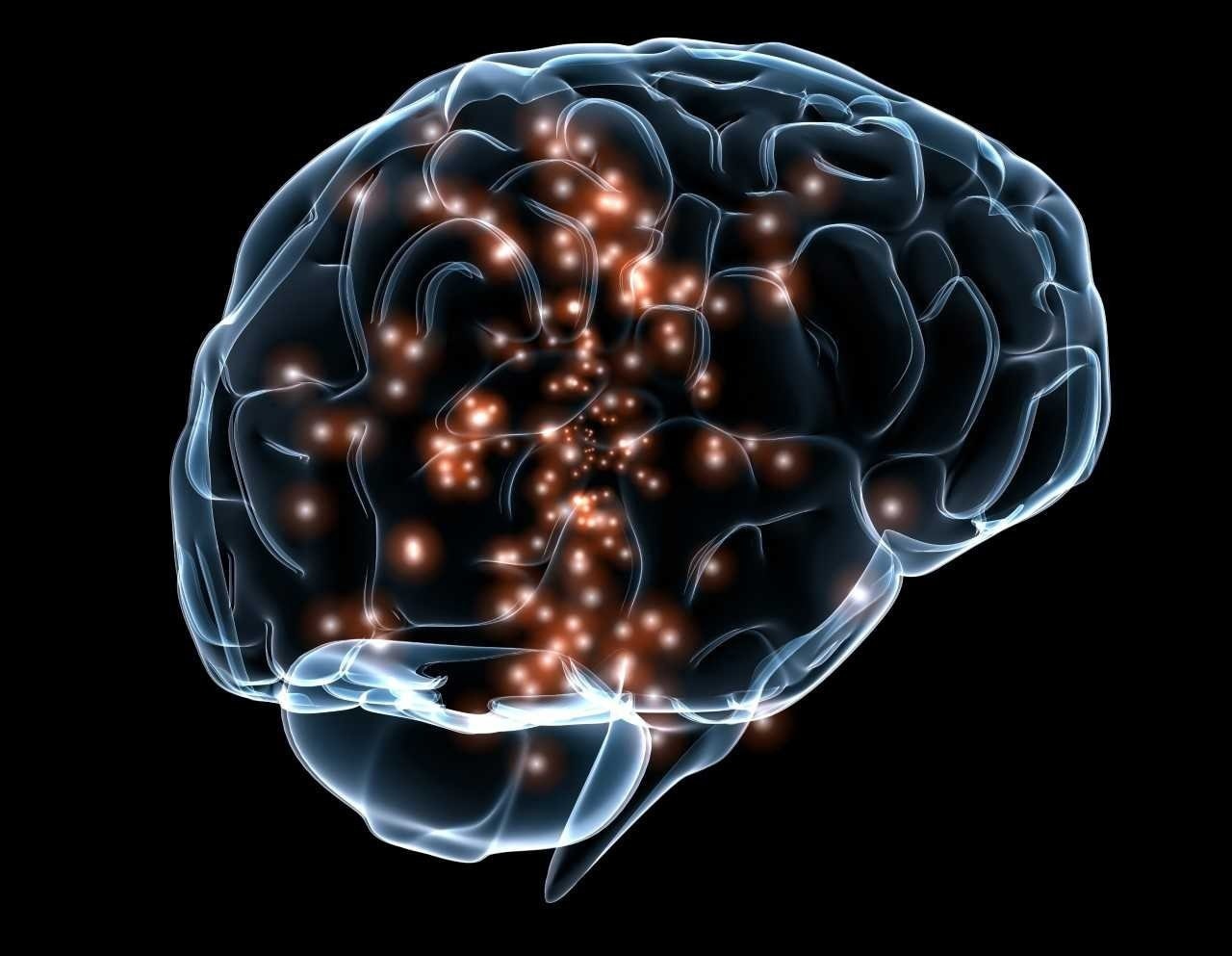Brain stimulation paired with a nose spray comprised of nanoparticles can increase recovery after ischemic stroke in an animal model, according to scientists from Xi’an Jiaotong-Liverpool University and other universities in China.

Image Credit: Xi’an Jiaotong-Liverpool University
The nasal spray is a non-invasive means of delivering magnetic nanoparticles into the brain that, according to the research, can enhance the effects of transcranial magnetic stimulation (TMS).
TMS is a non-invasive brain stimulation technique that is now being utilized clinically or in clinical studies to cure neurological diseases such as stroke, Parkinson’s disease, Alzheimer’s disease, depression, and addiction.
After an ischemic stroke, rats administered a combination of nanoparticle and TMS treatment every 24 hours for 14 days had improved health, gained weight faster, and enhanced cognitive and motor abilities when compared to those treated with TMS alone.
During TMS therapy, an electrical current is passed through an electric coil positioned outside the skull, creating a magnetic field that activates brain cells by causing an additional electrical current inside the brain. However, the stimulation is often insufficient to penetrate far enough into the brain to reach the areas that require treatment.
Researchers show in this new research that magnetic nanoparticles supplied intranasally can make neurons more responsive and magnify the magnetic signal from TMS to reach deeper brain tissue, thereby improving recovery. The discovery opens up new possibilities for treating neurological disorders.
From Impossible to Possible
The study solves a major question in nanomedicine: Is it possible to improve TMS by delivering nanoparticles into the brain non-invasively? Top experts have previously said that it was nearly impossible due to the blood-brain barrier. This physical barrier divides the brain from the rest of the bloodstream in the body.
The investigators overcame this by using a strong magnet near the head to guide the magnetic nanoparticles closer to the appropriate region.
We were able to overcome the blood-brain barrier and send enough nanoparticles into the brain to use in combination with TMS simulation to improve recovery from stroke. TMS devices are already used for the clinical treatment of neurological disorders but have severe limitations in terms of stimulation strength and depths of the brain they can penetrate.
Dr Gang Ruan, Study Corresponding Author, Xi’an Jiaotong-Liverpool University
Dr. Ruan says, “By non-invasively putting magnetic nanoparticles into the brain, we can amplify and enhance the TMS stimulation effects on neurons, making the treatment more effective. Showing it is possible to use nanoparticles in this way paves the way for medical applications of nanoparticles for other neurological disorders.”
Crossing Barriers
Since the iron oxide nanoparticles employed by the researchers are non-toxic and biodegradable, they are already being used to treat iron deficiency. The nanoparticles were also tweaked by the scientists by covering them with various non-toxic compounds.
The coating causes the nanoparticles to stick to the blood-brain barrier, increasing their chances of passing through it. Without this coating, the particles just bounce back from the barrier instead of crossing it. The modifications of the iron oxide particles also ensure that the nanoparticles can stick to the neurons and increase their responsiveness to TMS stimulation.
Dr Gang Ruan, Study Corresponding Author, Xi’an Jiaotong-Liverpool University
The safety of employing the modified nanoparticles in clinical studies must be evaluated, but they have the potential to be used in conjunction with TMS and other techniques such as brain imaging to acquire a better understanding of how the brain functions and enhance the treatment of neurological disorders.
Many scientists still think it is impossible to non-invasively send enough nanoparticles into the brain to affect brain function. Yet we have shown that it is possible. We combined the expertise on our team in four different disciplines, materials science, biophysics, neuroscience, and medical science, to push the boundaries of our knowledge and challenge what is currently thought in the field.
Dr Gang Ruan, Study Corresponding Author, Xi’an Jiaotong-Liverpool University
Journal Reference
Hong, Y., et al. (2022) Enhancing non-invasive brain stimulation with non-invasively delivered nanoparticles for improving stroke recovery. Materials Today Chemistry. doi.org/10.1016/j.mtchem.2022.101104.